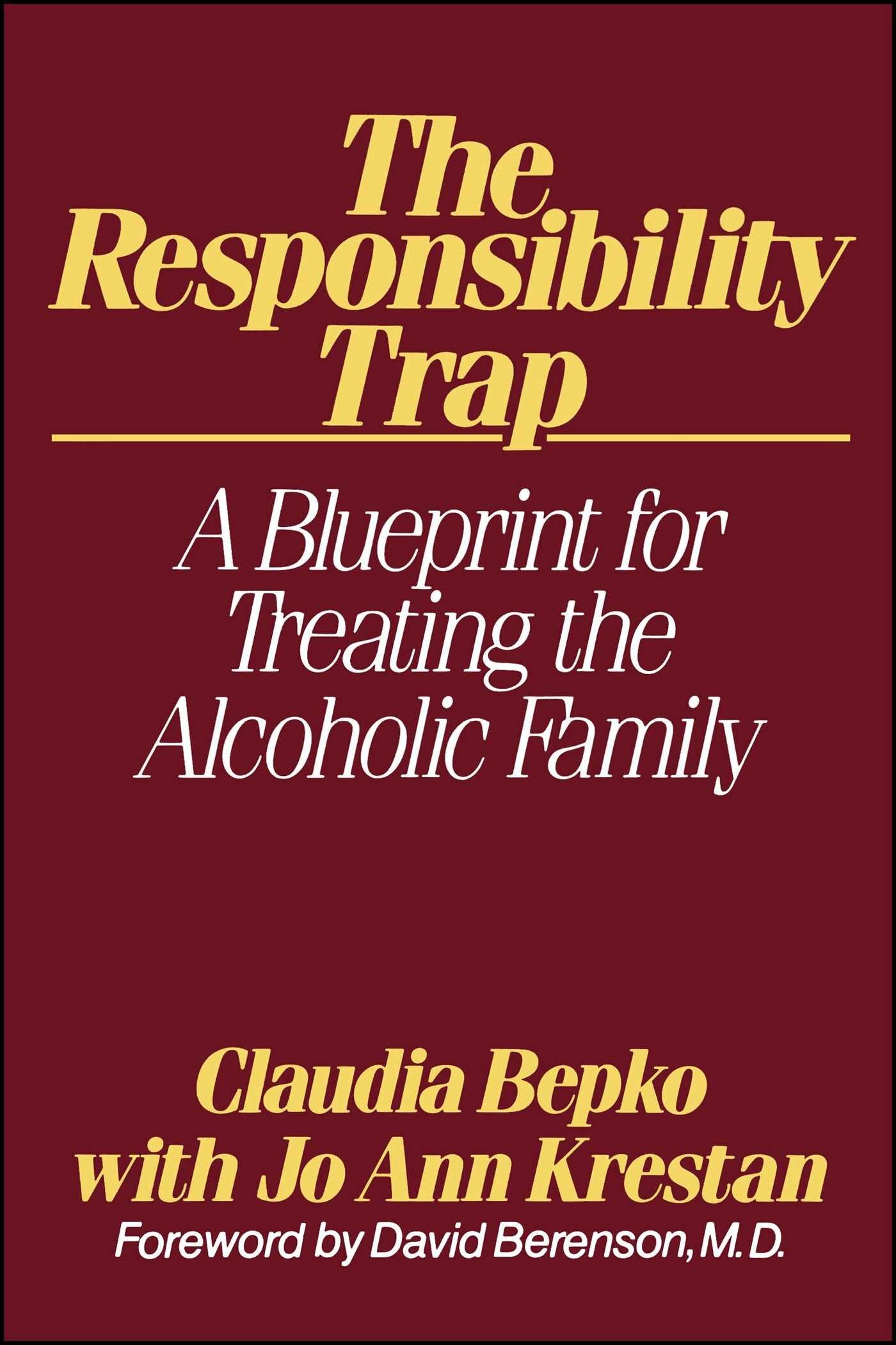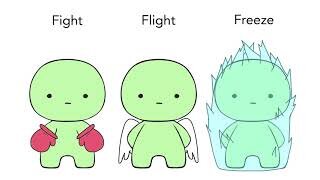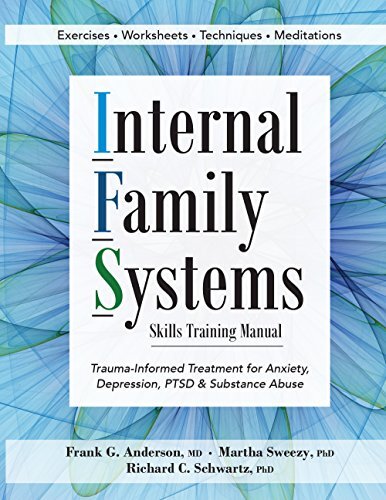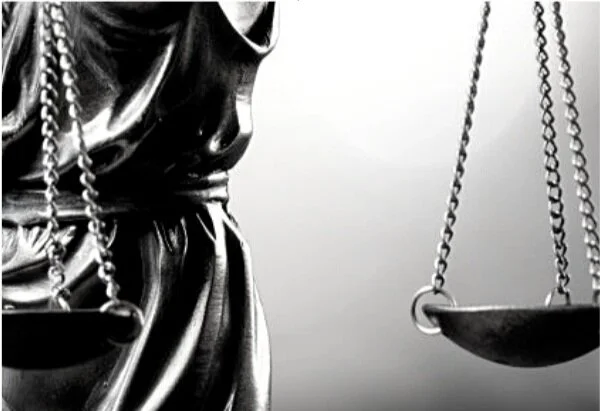The Stories We Tell (Part 1)
/At least 35 years ago, I attended a workshop on working with families with a family member suffering from alcoholism. The trainers, Joanne Krestan and Claudia Bepko, had written a book called The Responsibility Trap.[1] Their theory was that issues like alcoholism are, at least partly, passed down from one generation to the next through issues of responsibility.
In this workshop, they reframed “control” as “over-responsibility.” In doing so, they released me from decades of feeling unnamed shame—about my inability to relax, to having to be right, and to being terrified of making a mistake. I felt the shift deeply and swiftly in my body. Renaming my tendency to have to know what was going on from “control” to “over-responsibility” brought me to tears as I began to make sense of how I had become this way. It was life-changing for me, and I owe them a debt of gratitude that I can’t begin to describe.
So much of our experience is defined and created by our perception of what is going on in our lives. It defines how we see ourselves, how we value who we are, and how we judge the measure of our life. These are some of the questions that often determine the quality of our lives:
Am I a victim or a survivor?
Is my life one of scarcity or abundance?
Do I focus on my losses or my resilience?
Do I see the glass as “half full” or “half empty”?
Do I see more of the beauty in life, or what is “missing"?
The stories we tell ourselves about our life also define our possibilities. If we see our life as having meaning and purpose, we may come to experience more energy to deal with the struggles that arise. We may become more aware of choices; of available resources to help us. We may access courage we didn’t know we had to face adversity. We may be able to hold onto hope, trusting that things will work out well. We may give ourselves permission to ask for help. We may take healthier risks.
However, many of us get stuck in our story of loss or scarcity. We remember mostly the bad things that have happened to us—how maybe we were bullied or abused as a kid, how we grew up poor, without a parent to protect us, how we were constantly criticized. When we experience something that is overwhelming because of our age or the intensity of the event—such as loss, betrayal, or abandonment—a part of us may shut down to cope with the pain and confusion. It may be a real or perceived event, but it invariably creates a cascade of stress hormones that flood our nervous system and trigger a flight, fight or freeze response. We know the sensations: racing heart, sweaty palms, inability to think clearly, confusion, terror, a rush of energy (adrenaline flooding our system), being stuck in our tracks, even a strong desire to sleep.
Typically, the younger we are, the less able we are to manage these bodily reactions to feeling unsafe, so we develop “Protectors”—parts of us that keep us from feeling the vulnerability. These can be “Firefighters” or “Managers,” as described by Richard Schwartz, the author of Internal Family Systems,[2] which may take an overtly offensive or defensive role. They act as barriers by becoming controlling and aggressive, by keeping us busy or by becoming passive and withdrawn when we are triggered. They become diversionary tactics that protect the vulnerable part of us that first experienced the overwhelming event, and they do it all outside our conscious awareness.
Schwartz’s model of the internal processes of our mind helps us understand that all of us have some of these parts, or sub-personalities. Each is unique in its role and function, automatically activated at different times depending on our need, but all in service of our own survival.
This view of our psyche de-pathologizes the experience we have of ourselves. It explains why "good" people do “bad" things, and gives us a roadmap for how to manage rogue parts by accessing the loving, compassionate, wise Self that is at our center. In other words, it eliminates the shame and blame and opens the possibility of learning how to keep ourselves safe while calming the Protectors from automatically taking over, under or overreacting to present situations and wreaking havoc in our lives.
In the next part of this mini-series, we’ll take a look at how some familiar Protectors start off with good intentions and become tyrants, and learn how we can invite them to become part of the helping, caring team they were originally meant to be.
Share your comments at the bottom of the page.
© Whatismyhealth
Special thanks to our resources:
Krestan, Joanne and Bepko, Claudia. 1985. The Responsibility Trap: A Blueprint for Treating the Alcoholic Family. Simon and Schuster: New York, New York.
Schwartz, Richard. 2001. Internal Family Systems. Trailhead Publishers: Bellevue, Washington.




























Understanding our attachment styles can help us bypass destructive strategies and find a more authentic connection.